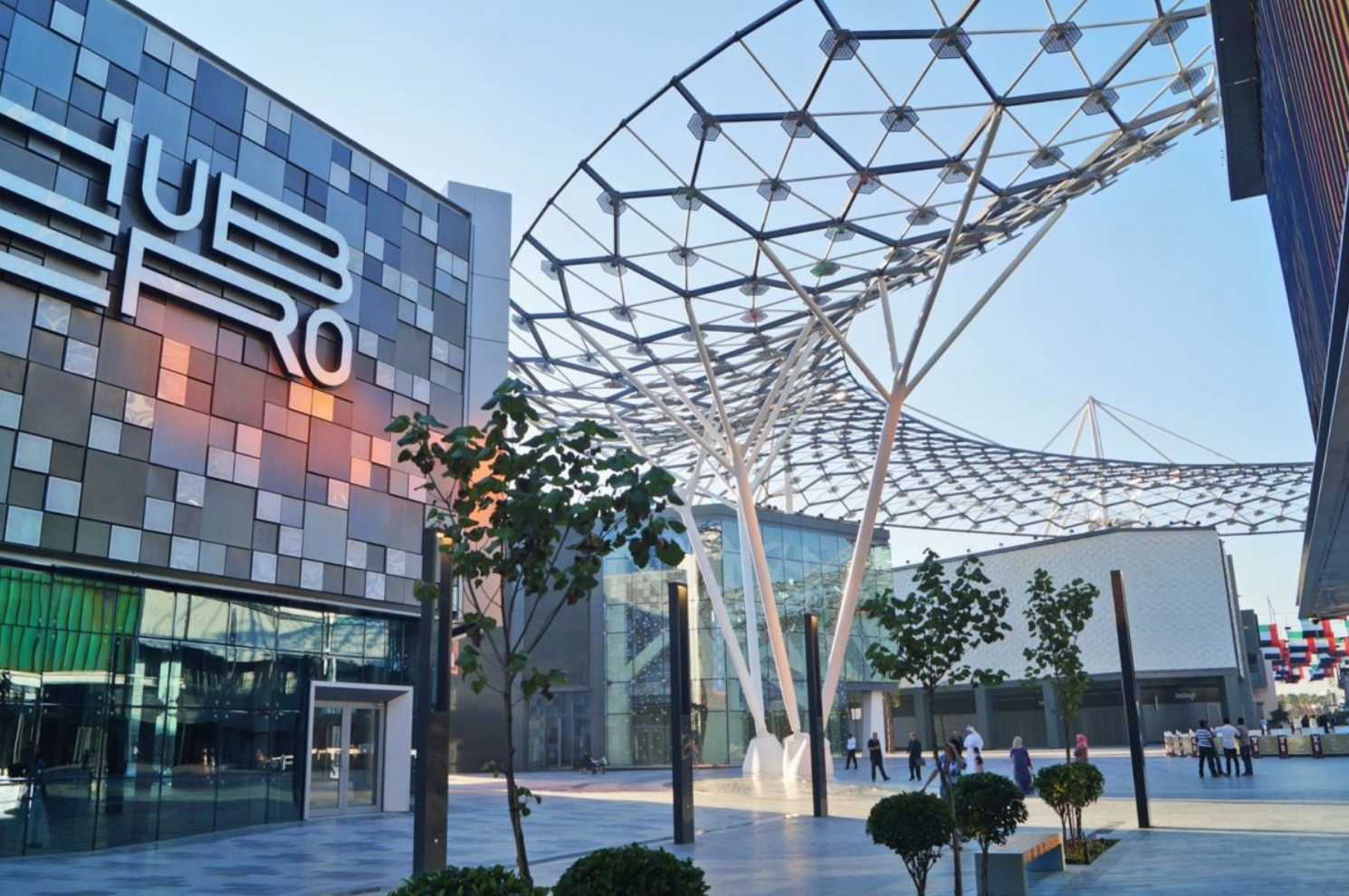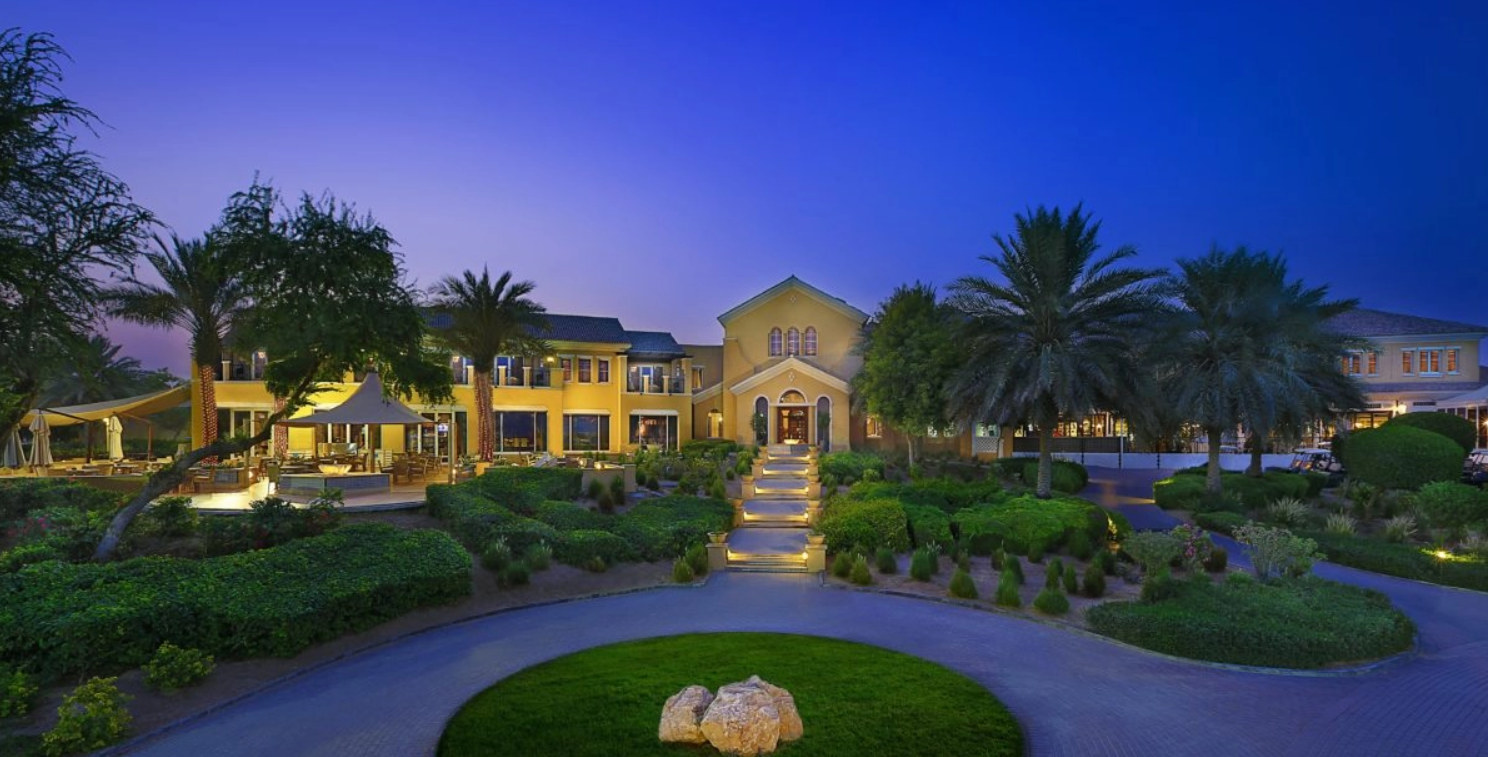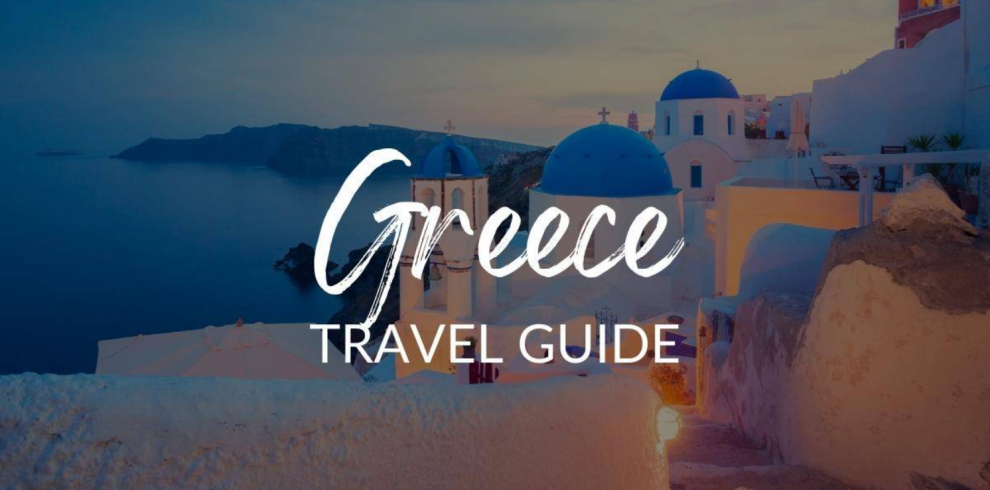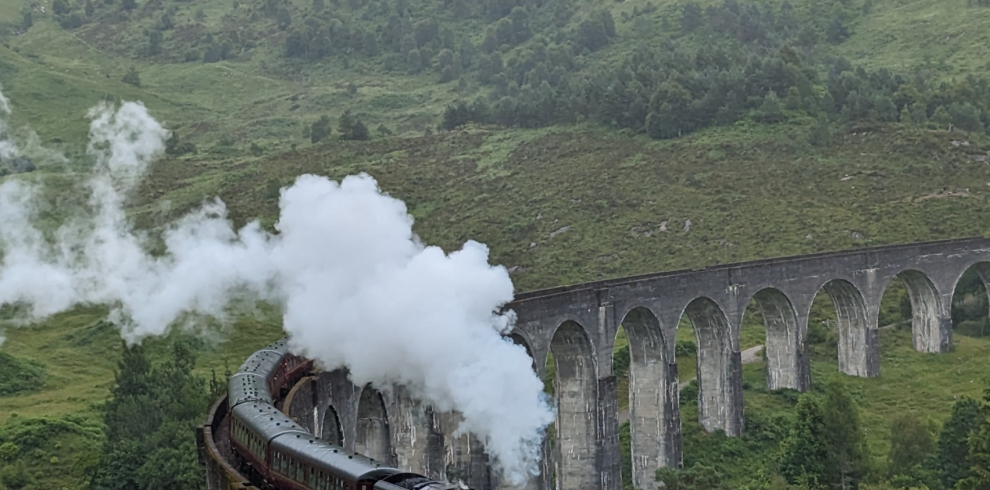For the adventurers, thrill-seekers and waterfall chasers, Iceland is a breathtaking departure from your normal life. Around every magnificent corner, awaits a new discovery that will captivate even the most seasoned travellers. So whether it’s your first visit or your fifteenth, make sure you cross these highlights off your bucket list during your Icelandic adventure.
The Highlights
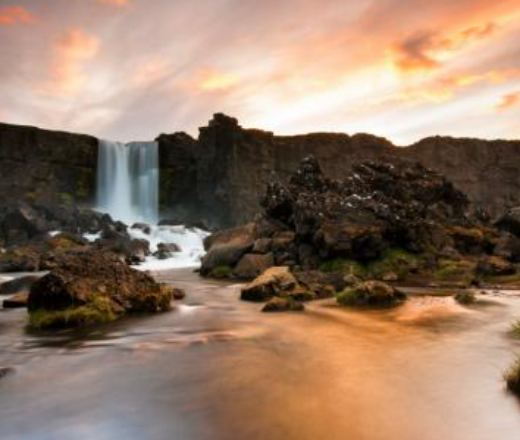
Þingvellir
This national park sits in a rift valley caused by the separation of 2 tectonic plates and is where you’ll find the Silfra fissure, where you can snorkel or dive between the North American and Eurasian tectonic plates – a truly unique experience.
Geysir
With boiling mud pits and exploding geysers, Strokkur erupts 30 metres high every few minutes, while the Great Geysir is much more unpredictable and infrequent, hurtling water up to 70 metres high.


Reykjavik
The capital city of Iceland – and, incidentally, the most northerly capital in the world – is a quaint yet quirky, place to explore. Head to the top of the church, Hallgrimskirkja, where you’ll get an expansive view of the colourful buildings and the ocean.
Langjokul
Langjokull (‘The Long Glacier’) is the second largest glacier in Iceland at 50km long and 15-20km wide, but it’s the most popular for jeep and snowmobile trips, given its proximity to Reykjavik in the Highlands of Iceland.
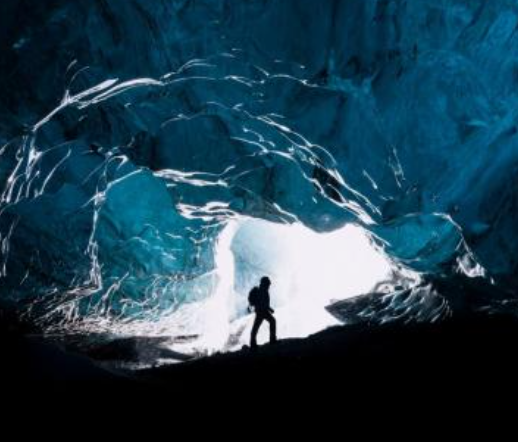

Thrihnukagigur
Thrihnukagigur is the only volcano in the world where visitors can take an elevator of sorts into the magma chamber. It takes six minutes to be lowered to the bottom of the crater, which is 700 feet deep. Fun fact: the Statue of Liberty could easily fit inside.
Reynisfjara Beach
Located on Iceland’s south coast near the village of Vik, Reynisfjara Beach is well known because of its jet-black sand and basalt columns on the beach and basalt stacks off the shore, which come with their own intriguing folklore.

Contact Klub Advisor for personalised travel offers, dates, prices & payment options. Find out the latest travel requirements for your trip. Send your enquiry via the form below. If you’re club member, click on the icon in the right-hand corner and write to WhatsApp to start a discussion.
The Location
Iceland is a European country, bordered by the Greenland Sea and the Atlantic Ocean. Europe’s westernmost country, Iceland is the second largest island in the North-Atlantic Ocean, and a little over 3 hours flight from London, Paris or Copenhagen.
Capital City
Reykjavik is located on the coast of Iceland and is not only the country’s largest city but also the world’s northernmost capital. The city is considered one of the greenest, cleanest and safest in the world.
Main Airport
Keflavík International Airport, also known as Reykjavík-Keflavík Airport, is the largest airport in Iceland and the country’s main hub for international transportation. MAJOR AIRLINES ICELANDAIR AND WOW AIR
Language Spoken
The official language of Iceland is Icelandic. Most Icelanders also speak English.
Currency
Iceland uses the Icelandic krónur (kr). The currency code is ISK. In most cases, you will not exchange currency prior to arriving in the country, but instead withdraw money from ATMs or banks in Reykjavik, or of course at the airport upon arrival.
Visas
Residents of Australia, Canada, Japan, New Zealand, and the USA and EU do not require a visa for tourist visits of up to three months. Note that the total stay within the Schengen area must not exceed three months in any six-month period.
Electricity
The Icelandic voltage is 50 Hz/220. Electric devices in Iceland use the Europlug/Schuko-Plug, which has two round prongs.
Vaccinations
No vaccinations are required or recommended for travel to Iceland.
Emergency Calls
The phone number to call in case of emergency (fire, police, paramedics, etc) is 112.
When to Visit
Peak Season
JUNE TO AUGUST
The warmer months in Iceland welcome visitors with the appeal of the magnificent midnight sun and extended hours of sunlight, however, this is when Iceland experiences a sharp influx of visitors – especially in Reykjavik and the south of the country. It is recommended that visitors pre-book all activities and accommodation in advance. Highland roads will re-open, and visitors can enjoy less extreme weather conditions for camping, hiking and other outdoor activities. Temperatures will average between 18-20°C and in some parts of Iceland will drop to a low of 7°C.
Low Season
OCTOBER TO APRIL
Low season in Iceland (over the months of October to April) is characterized by a significant drop in temperature, and some roads will be closed. This means parts of Iceland are not accessible and outdoor activities may be limited. Visitors will need to be aware of reduced daylight hours over the winter months, however, the possibility of viewing the northern lights is much greater. Over the low season, visitors will benefit from lower flight or hotel prices and will enjoy fewer crowds at the main sights or attractions such as the Blue Lagoon.


